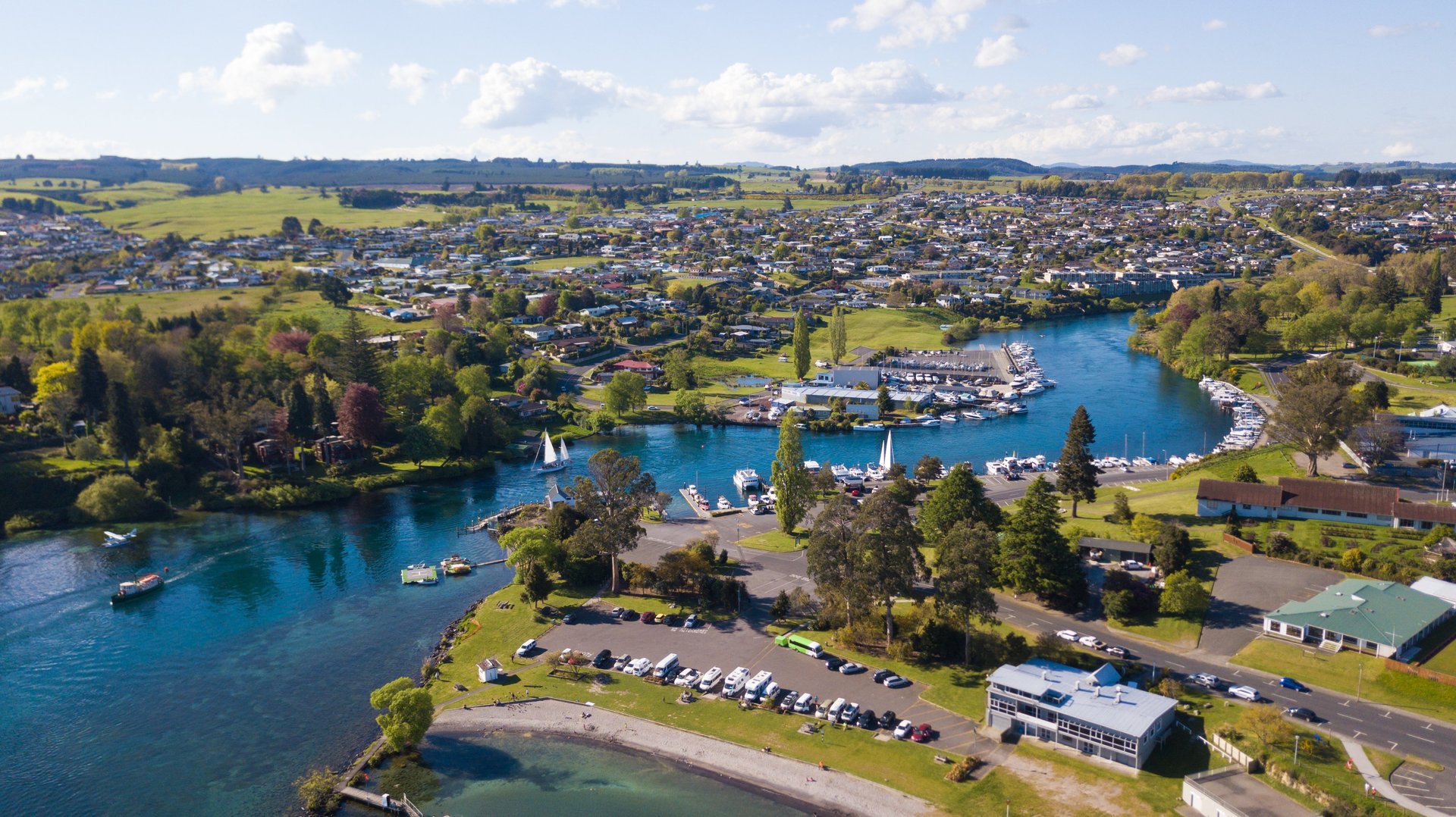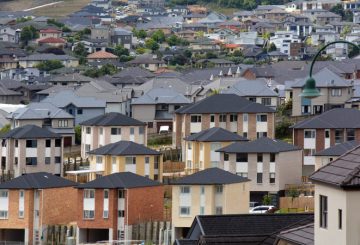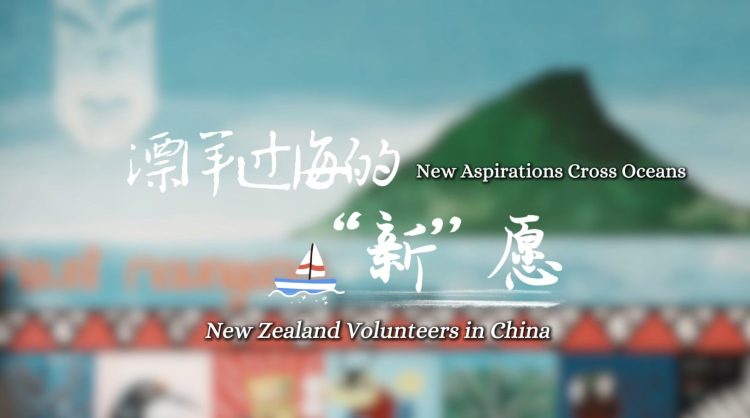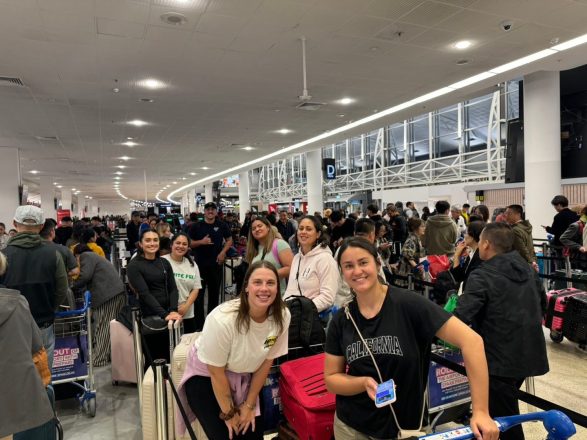The topic of “climate mobility” or the movement of people and communities due to climate change, has become a key issue at the COP28 climate summit in Dubai. There are about 25 sessions focused on the needs and rights of those displaced by climate change.
On the first day of the summit, an agreement was reached on a “loss and damage” fund to support vulnerable countries affected by climate change. However, it’s still unclear how this fund will work alongside the Global Stocktake, a report on the progress towards the goals of the Paris Agreement.
The issue of climate mobility has been difficult to address within the United Nations Framework Convention on Climate Change (UNFCCC). There is no consensus on how to protect citizens of countries threatened by climate change. There’s also little political will to change the definition of “refugee” to include those affected by climate change.
A recent agreement between Australia and Tuvalu, known as the Falepili Union, offers a pathway for Tuvalu citizens affected by climate change to gain Australian citizenship. However, this agreement requires Tuvalu to agree with Australia on any security and defence-related arrangements with other countries, which has raised concerns about Tuvalu’s national sovereignty.
Critics argue that the Falepili Union is more beneficial to Australia than Tuvalu. They also point out that Tuvaluan citizens were not consulted about the agreement.
Research shows that communities affected by climate change need the option to stay in their home countries with dignity. Successful strategies for remaining in place are already being used in the Pacific. For example, communities in Samoa have found ways to adapt to climate change that minimize both physical risk and cultural harm.
The COP28 summit needs to focus on protecting the sovereignty of vulnerable states and ensuring that climate justice is prioritized. Small island states and Pacific peoples, who have contributed very little to the causes of climate change, are among the first to feel its impacts. The right of people to decide their own adaptation future, including options to adapt in place, may be addressed at COP28.





























































